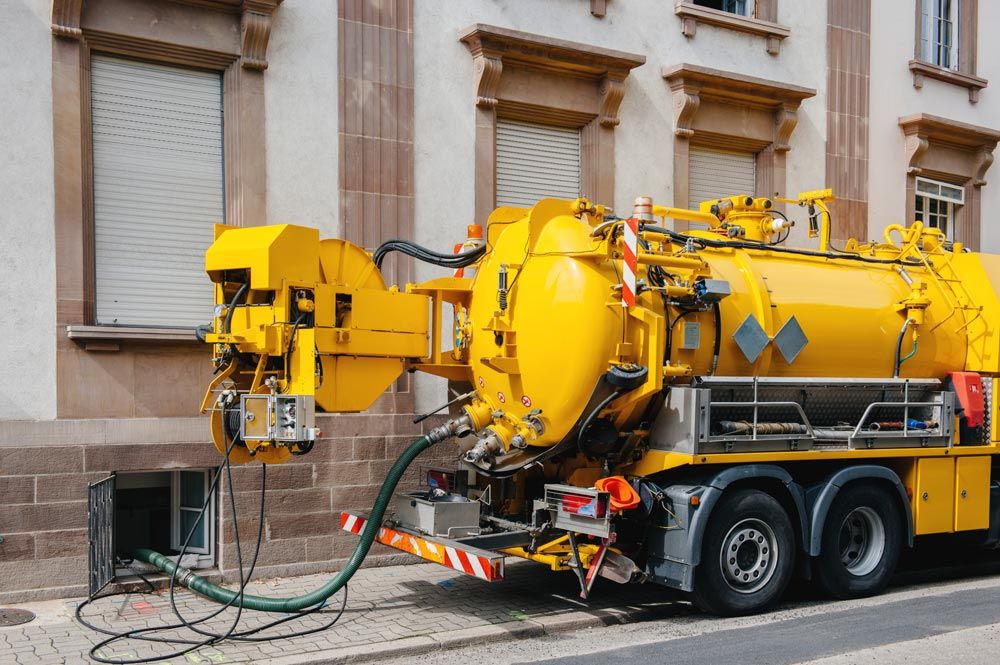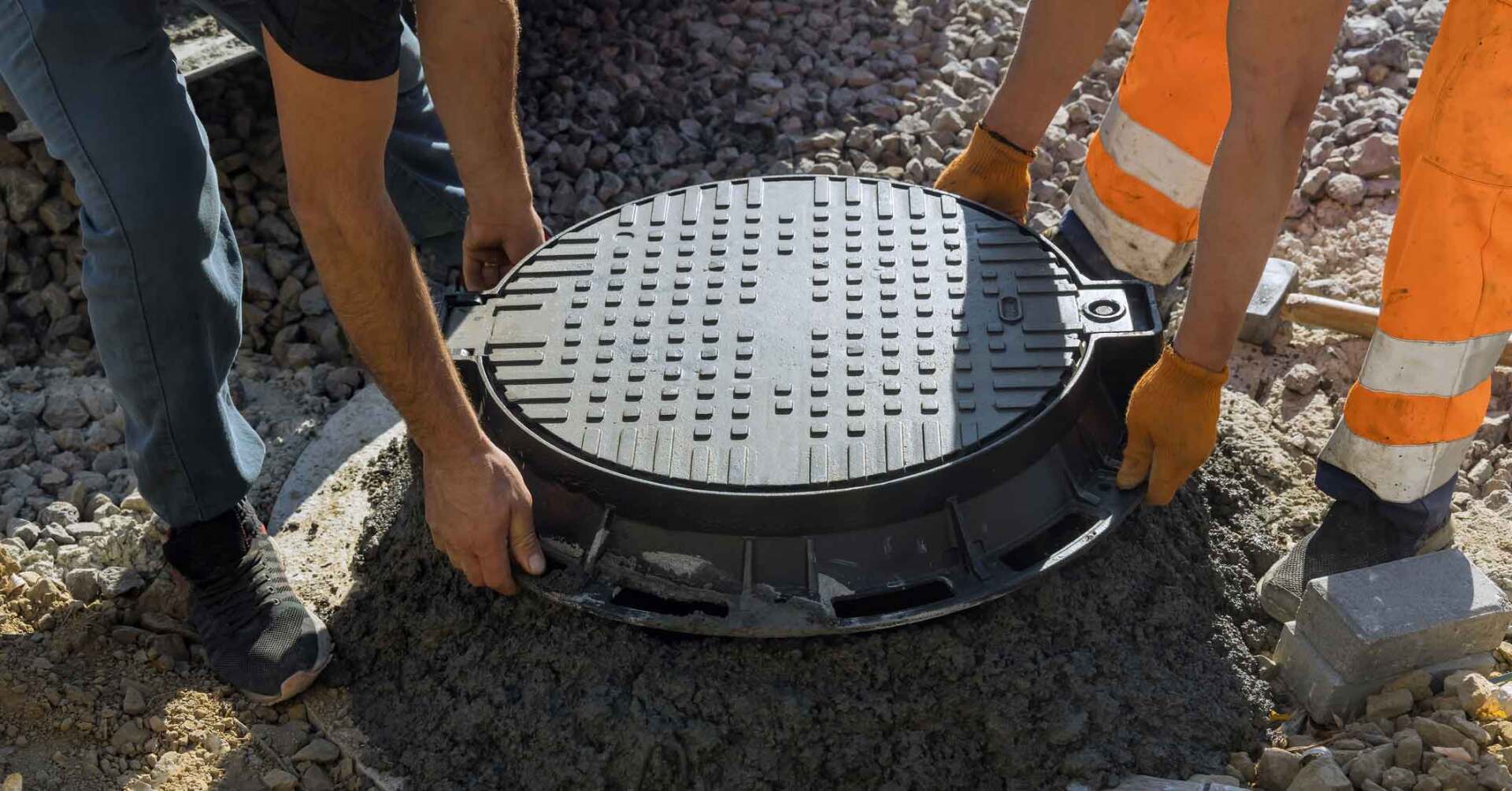Your Septic System and How Weather Affects It
When your home is not on a municipal sewer line, you need a private septic system to take care of the liquid and solid wastes produced in your home. All the drains in your home will flow to the main drain out of the house and into the septic system. While this system is not very intricate, you do need to understand how a septic system works and how the weather can affect its performance.
How Your Septic System Works
There are two separate parts to a septic system. The first part is the tank. The main drain connects to the tank about ¾ up from the bottom, on one side. On the opposite side of the tank, still about ¾ of the way up the side wall, is another pipe. The second pipe allows liquid waste to flow out of the tank and to the drain field.
In the top of the tank are a couple of openings. One opening is large enough for a man to climb into the tank for cleaning and maintenance. This opening is covered with a heavy metal disc. The other openings are used to peer into the tank for inspections, to measure how full the tank is, and to empty the tank. Septic tanks also have a few vents along the top edge of the tank.
The second part of the system is the drain field. This is where the liquid waste flows to be absorbed into the ground. To install a drain field, a sanitation company will dig a trench and then fill it partially with gravel and loose soil to cover a perforated pipe that releases liquid from the tank. The liquid waste flows out of the tank, through the tank drainpipe, and into the drain field where it is absorbed.
How Weather Affects Your Septic System
During heavy periods of rain, the drain field can become so saturated it cannot hold any more moisture until the rain seeps into the water table below. Even though your tank may not be full, you may need to have it emptied to prevent waste from backing up. A completely empty tank will give you a few days or more before the liquid starts to flow out again. Hopefully, the rain will have stopped by then, and the drain field can absorb more moisture.
Melting snow will have the same effect as a rain storm. If snowfall is an almost daily occurrence in your area, you may end up with a full tank as the snow melts a bit each day. Keep an eye on the temperature, and if it gets above freezing during the day, you most likely have snow melting and saturating the drain field as well as the tank.
Cold winter weather can also affect a septic system. The bacteria that live in the tank may freeze and die. If this happens, the solid waste in the tank will not decompose, and the volume will increase quickly. You may be able to add bacteria to the tank to help the problem, or you can have the tank emptied.
Even if the temperature is not cold enough to kill the bacteria, it might be cold enough to slow down their metabolism. When this happens, the sludge at the bottom of the tank will build up faster than normal. Talk to a sanitation company about buying and using some type of insulation for the septic tank to keep it warm enough for the bacteria to thrive.
If you have any questions regarding your septic system and waste, contact The Nibbler Company. We will not only help you understand what may be wrong with your system, we will also make sure that you have the wastewater treatment system that is best for your home.




